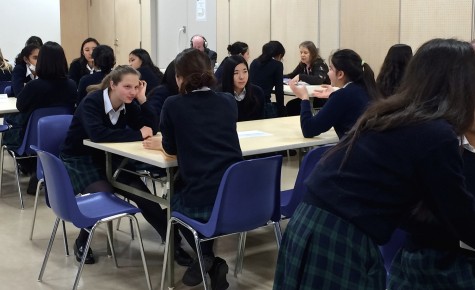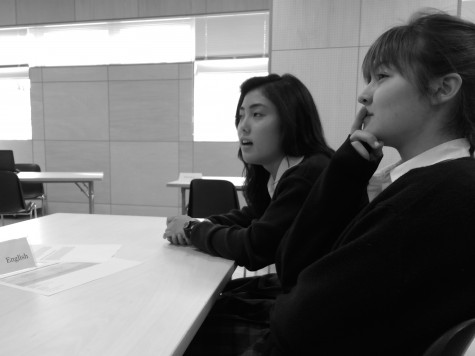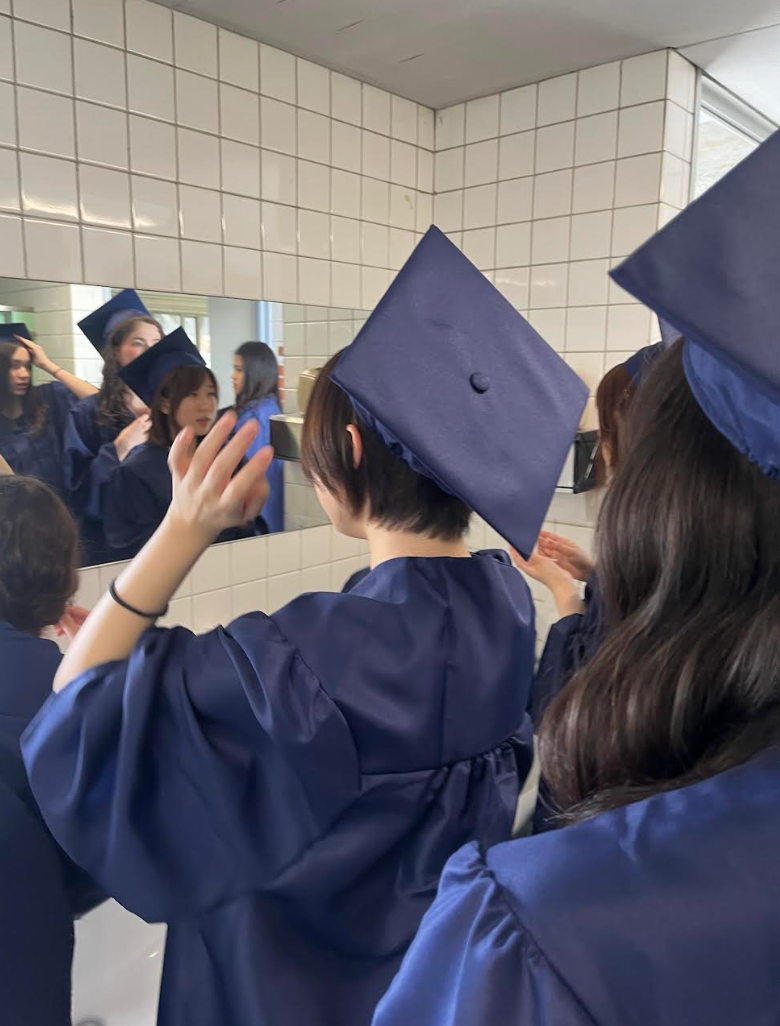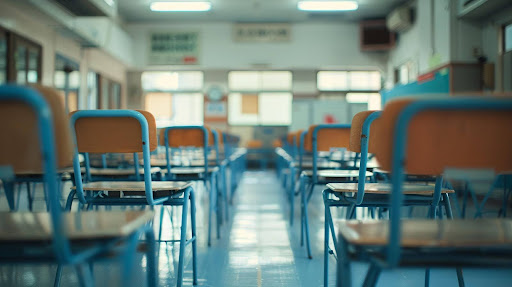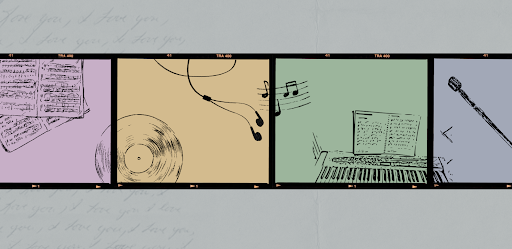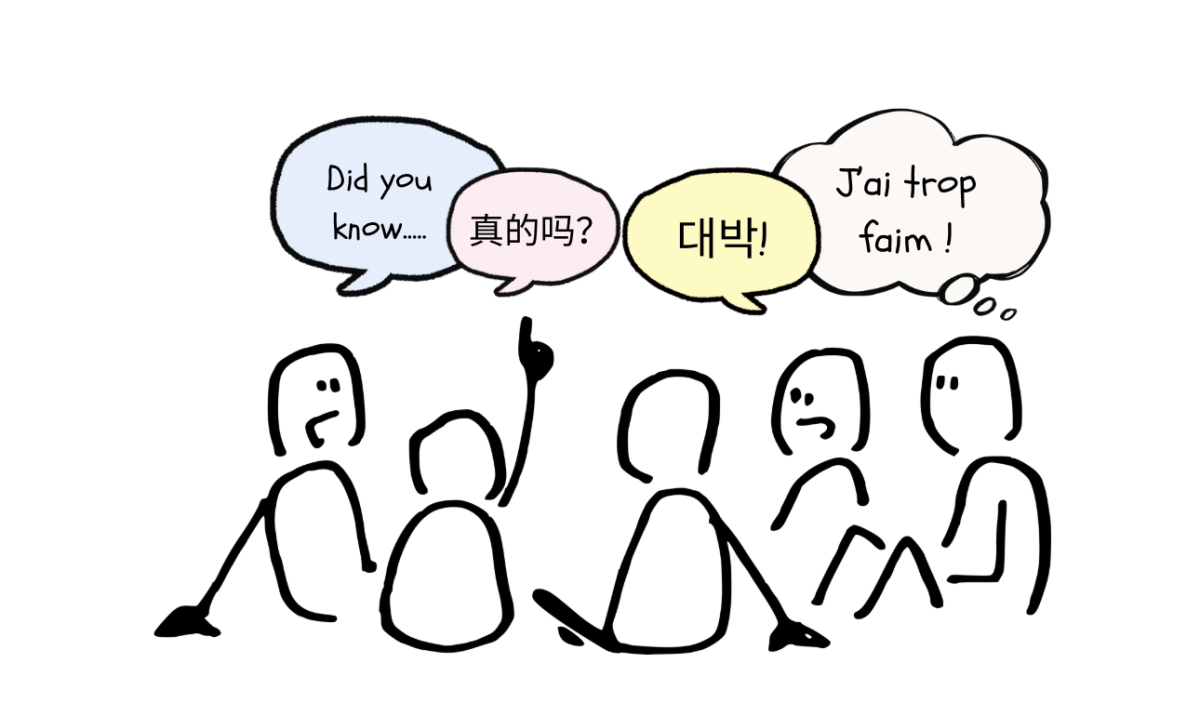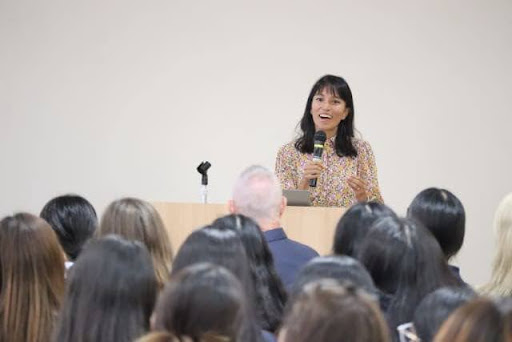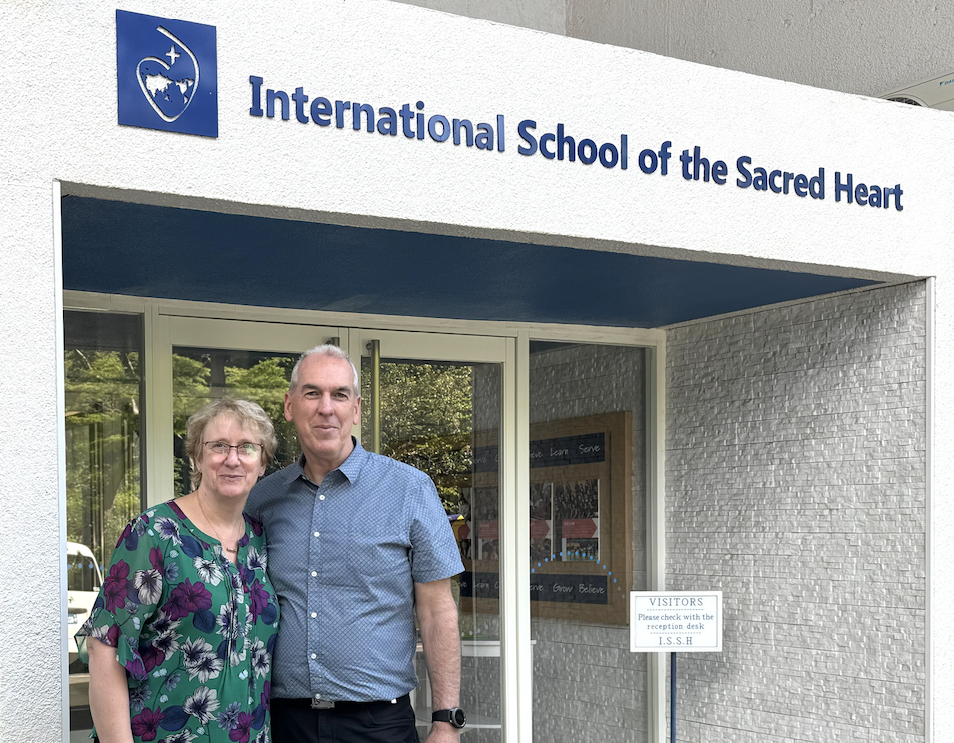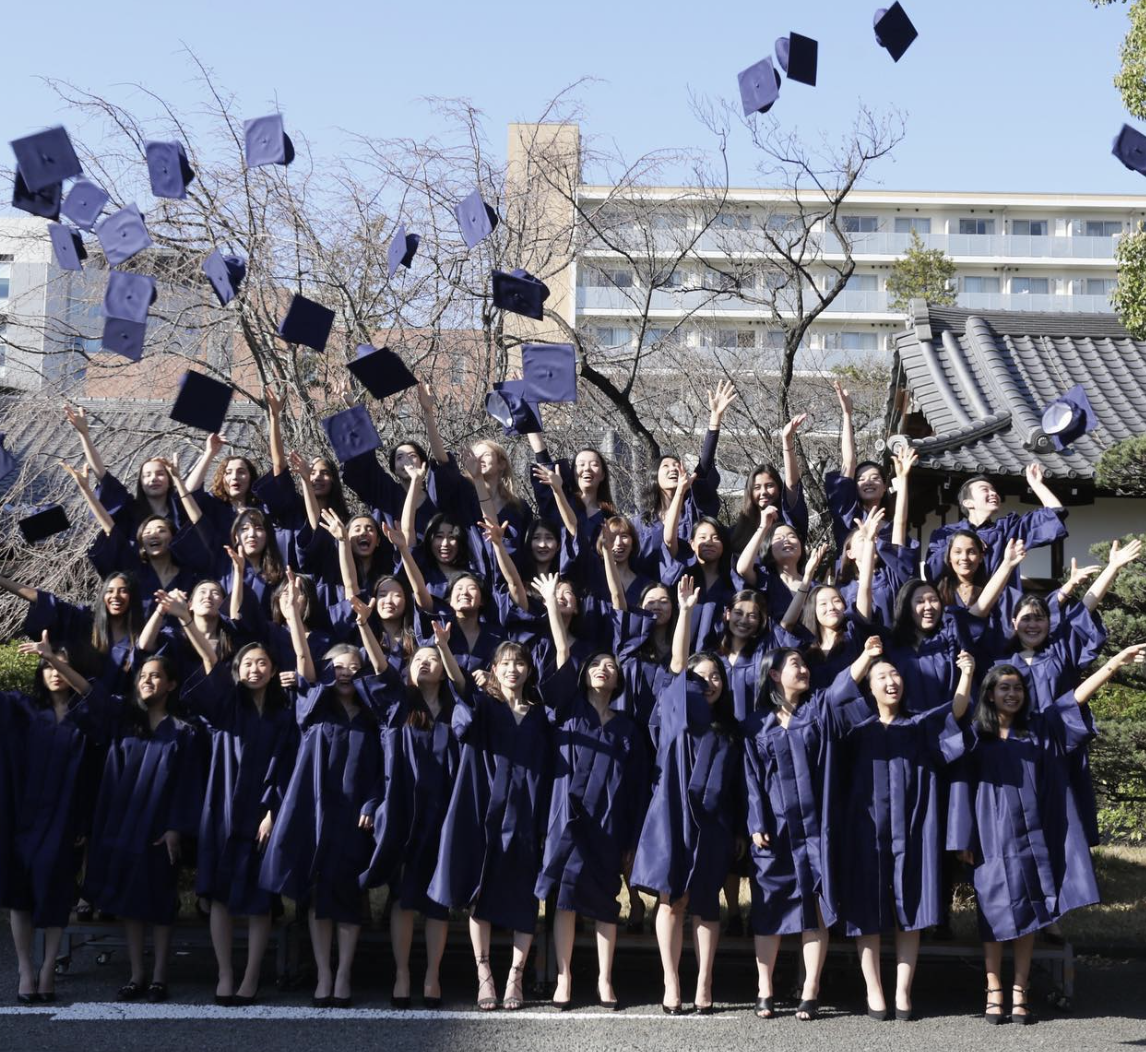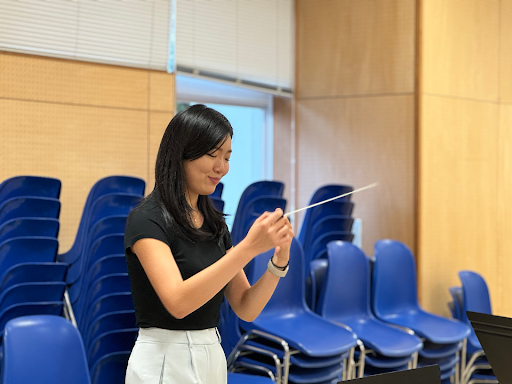Course selection causes stir amongst rising upperclassmen
What’s changed, and the reactions from students and faculty members.
The dreaded season of course selections passed, just as quickly as it came. Course selection is a critical process which requires rising 11th and 12th graders to choose three elective classes from blocks A, B, and C, as well as their language and math courses. The classes chosen will be the ones they will be placed in during the following school year. It’s not an easy pick-and-choose, that’s for certain.
This year’s elective blocks, however, are somewhat different from previous years’. Ms. Saso, in charge of the schedule coordination, explains the change: “Until last year, juniors chose what courses they wanted most, and I planned out the optimal schedules accordingly using software. From now on, it has been decided that the blocks would stay as they are every single year. It’s perhaps a good thing as students can get organised in advance,” she said.
Previously, juniors gave their first four choices, and were granted three out of those four. However, this system, contrary to common belief, did not yield the best results. A few students–approximately 3 to 5 each year–did not receive their three most preferred blocks. Last year, more than 50% of juniors changed a course after starting their senior year. “Many students chose the blocks, but also changed their minds. It did not seem right to have all students base their schedules on decisions which no longer existed,” said Ms. Young, high school principal.
The change was thoroughly planned. “I consulted widely, looking at patterns of how students chose in the past. Ms. Braun, our college counselor, considered what students need in order to prepare for college courses which are stricter with their expectations such as medicine, or engineering. I also spoke to the Heads of Departments,” said Ms. Young.
Mr. Felstehausen, HOD of Social Studies, approved of the decision to fix the scheduling block. “I welcome the change, as one of the problems was that students changed their classes after the block was set, so that [the schedule] didn’t even serve the community that it most targeted–seniors.”
Mr. Griffiths, Science HOD, said, “Sometimes students are particularly interested in a class but can’t take it due to the way juniors shape the blocks. The effects also seemed to snowball. For example, one year there would be 10-15 students in Physics. In other years there’d only be five. By knowing what is there first, students can make guided choices”.
Another problem was that some courses take two years to complete, and others are offered only on alternate years. “Many students have said it’s difficult to think ahead,” said Ms. Young. “With the new system, students can think of what classes they can or cannot take for the two years.”
Is it reasonable to expect students to do two years’ worth of planning in just the two or three weeks they are provided? There are numerous factors students must consider: which classes to prioritize, difficulty levels, to AP or not to AP. In any case, a lot rides on these decisions.
The current eleventh graders expressed their tribulations: “More time would’ve been nice,” said Mayu (11). Anjana(11) said, “It was hard because there were classes I wanted to take, but they clashed with one another.” Sarah(11) said, “It was stressful to know that I needed to avoid making mistakes, as my choices could affect my college applications.”
Unfortunately, the current juniors will not be getting the schedule of their choice, nor did they have the chance to plan their two years ahead. “I didn’t know about these changes,” says Haruna (11). “Why now though, you know? I guess our grade didn’t get very lucky.”
“I had no idea either. It would have helped if they’d warned us last year,” said Anna(11). Indeed, “It kind of feels like losing freedom of choice,” Haruna added.
On the contrary, the sophomores weren’t too worried when first interviewed: “The storm is yet to come,” said Lisa(10). Mirei(10) also said, “I do feel kind of nervous, but we aren’t too worried yet.”
A few weeks later, the day before the sophomores’ course submissions, Darya(10) said she was panicking, “It’s so stressful, it’s like deciding our life!”
Attitudes seemed to shift even further after the passing of the ordeal. Erika(10), said, “It was hard. Especially the electives, because there were so many that I wanted to do, but couldn’t.”
Lisa (10) said, “I now kind of wish the blocks could be moved, but under current circumstances I guess it comparatively seems better to be able to foresee two years instead of just one”.
With mixed opinions from students, as well as anticipative optimism and support from many faculty members, this new system, though contentious, does seem to have potential. In this rapid turn of events, whether it is ideal for a student to map out a two-year plan in just a few weeks, remains unanswered. On a slightly brighter note, students will still have the choice to make changes to their courses as before.
“It is difficult for every student to get exactly what they want, for you will always have to make choices, whether the blocks are set or not. However, I hope that this will have a positive impact. My goal is that by trying a slightly different system, more students will be able to achieve satisfaction with getting what they would like to study,” said Ms. Young.

